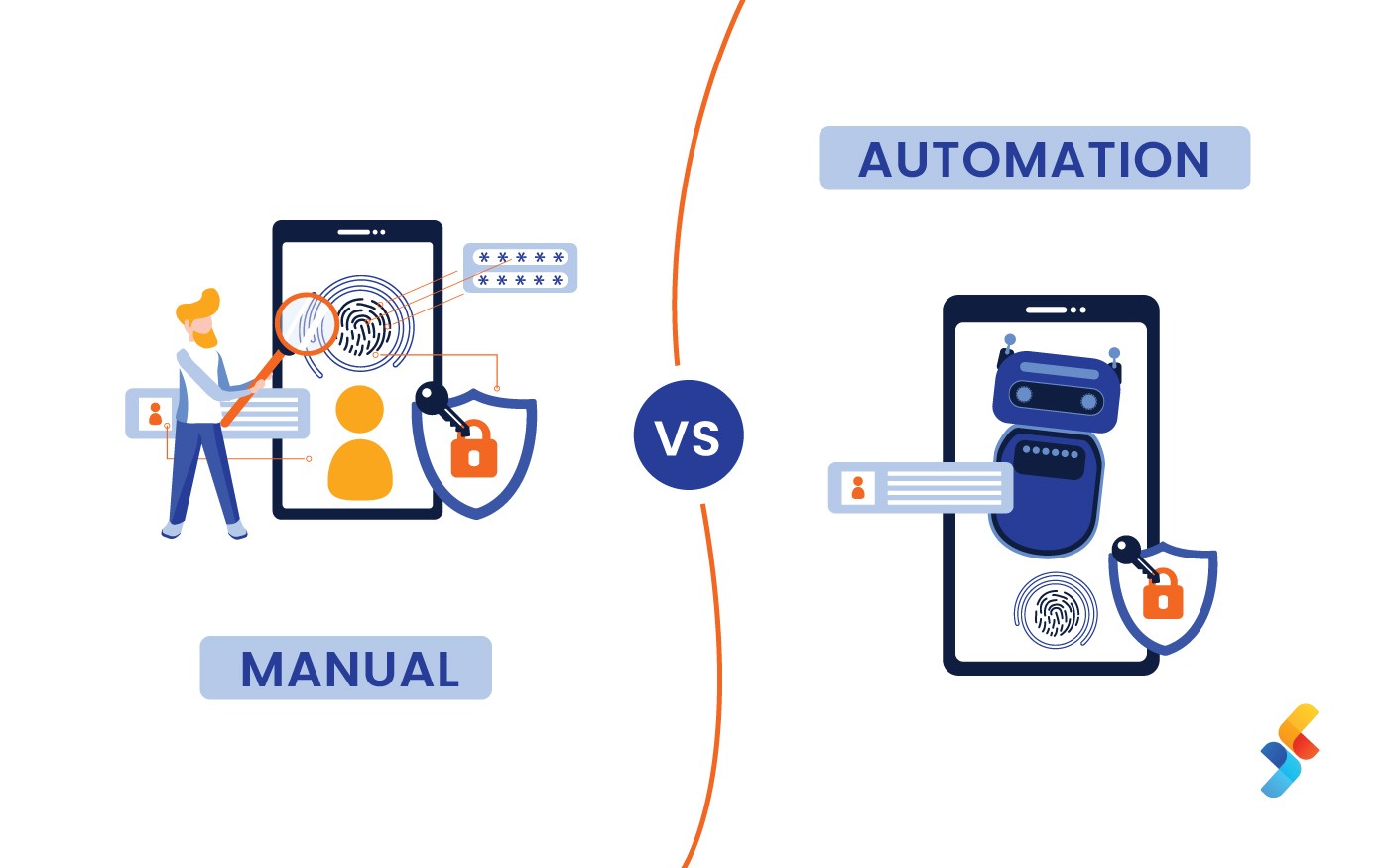The efficiency and reliability of supply chain operations are vital to enterprise success. The growing demand for transparency and timely transport has made real-time shipment tracking integral. Automatic shipment tracking systems (ASTS) have become a cornerstone in logistics, leveraging advanced technologies like GPS, RFID, IoT sensors, and machine learning (ML) to monitor and manage the flow of goods with extraordinary accuracy. These modern automated systems provide visibility into the region and status of shipments and allow businesses to optimize their operations, lessen costs, and improve user experience. As the supply chain and logistics industry become more complicated and user expectancies rise, adopting ASTS is now necessary. This blog explores the technical details, potential, challenging situations, and future tendencies of automated shipment tracking solutions, presenting a complete understanding of how such systems are transforming the global logistics ecosystem.
Core Components of Automated Shipping Tracking System
- GPS Technology: At the heart of many shipment tracking systems is the global positioning system (GPS). Devices equipped with GPS are connected to shipments or the vehicles carrying them. Those devices send geographical data at various intervals, extending real-time information on the shipment whereabouts.
- RFID Tags and Barcodes: Commonly used for tracking individual items within a shipment, RFID tags play a crucial role. RFID readers and barcode scanners capture data as items pass through various checkpoints, updating the system with precise information on each item’s location and status.
- IoT Sensors: Internet of Things (IoT) sensors are increasingly incorporated into automated shipping tracking systems to screen environmental situations, including temperature, humidity, and shock, throughout transit. This is mainly important for sensitive or perishable goods, making sure they are maintained in the most reliable conditions throughout their movement.
- Cloud-Based Management Platforms: The critical element of an automated shipping tracking system is generally a cloud-based management platform that gathers statistics from GPS devices, RFID readers, and IoT sensors—this platform processes the information, presenting users with real-time visibility and actionable insights. Cloud computing allows the system to scale effortlessly, handling large volumes of statistics from multiple shipments simultaneously.
- Machine Learning and Predictive Analytics: Advanced automated shipping tracking systems harness ML algorithms to research historical and real-time data. These algorithms can expect potential disruptions, optimize routes, and perceive styles or anomalies, enabling proactive decision-making and enhancing the overall performance of the delivery process.
How Automated Shipping Tracking System Works: A Step-by-Step Overview
The operation of an automatic shipment tracking system can be broken down into several sequential steps:
Data collection:
As shipments pass through the delivery chain, various devices and sensors accumulate critical data. GPS trackers monitor the shipping location, while RFID tags and barcodes provide specified object-level identification. IoT sensors capture environmental conditions, such as up-to-date temperature or humidity, which is vital for sensitive goods.
Data Transmission:
The gathered data is swiftly transmitted to a central system using advanced communication mechanism, including cellular networks or satellite connections. This real-time data transmission ensures that the tracking device is always up-to-date with the latest shipment information.
Data Processing and Integration:
The collected data undergo processing and integration upon reaching the cloud-based platform. The device consolidates data from various sources, linking location information with relevant, up-to-date situations, weather forecasts, and up-to-date shipment data.
Visualization and Alerts:
Processed statistics are displayed on an intuitive dashboard, giving stakeholders real-time insights into the shipment’s progress. The device can also generate computerized alerts and notifications, informing up-to-date information on potential issues like delays, route changes, or deviations in environmental situations.
Optimization and Decision-Making:
With access to real-time data and the power of predictive analytics, logistics managers can make informed decisions to optimize cargo routes, adjust plans in response to delays, or take corrective measures to ensure timely and safe delivery of products.
Benefits of Automated Shipment Tracking Systems
Automatic shipment tracking systems offer numerous significant advantages that improve the overall efficiency and effectiveness of supply chain operations:
Proactive Management:
Modern shipment tracking solutions offers real-time monitoring of shipments, allowing for proactive management. This approach helps prevent delays and resolve potential issues before they escalate, giving a sense of control and efficiency to logistics providers and customers.
Improved Customer Experience:
With accurate and timely updates on shipment, businesses can keep their customers up-to-date and well-informed about delivery status. This level of transparency builds acceptance and trust among customers, as users can track their orders and receive notifications on shipping timelines.
Cost Efficiency:
By minimizing delays and optimizing transport routes, automated shipping solutions helps reduce transportation cost. The system also lowers the risk of lost or mishandled shipments, reducing the need for expensive emergency measures, including expedited transport.
Enhanced Security:
Automated shipping tracking system significantly improves the security of shipments by providing real-time data on their location and tracking for unauthorized access or tampering. This is particularly crucial for high-value shipments, ensuring its safe and secure delivery.
Data-Driven Decision-Making:
The massive amount of data generated using advanced shipping software solutions gives logistics providers the potential to make informed, data-powered decisions. By analyzing each real-time moment data, companies can intensify trends, streamline their supply chain operations, and enhance routine logistics efficiency.
Conclusion
Automated shipment tracking systems are transforming the logistics and supply chain by offering real-time monitoring and advanced security features and enabling data-driven decisions. Although implementing these structures can pose challenging situations as integration with existing infrastructure, the benefits considerably surpass the barriers, making it a critical driver for businesses aiming to streamline their supply chain operations. With ongoing technological advancements, automated shipping software technology is set to emerge as even more advanced, incorporating innovations such as blockchain, AI, and 5G to offer unparalleled tracking precision.












